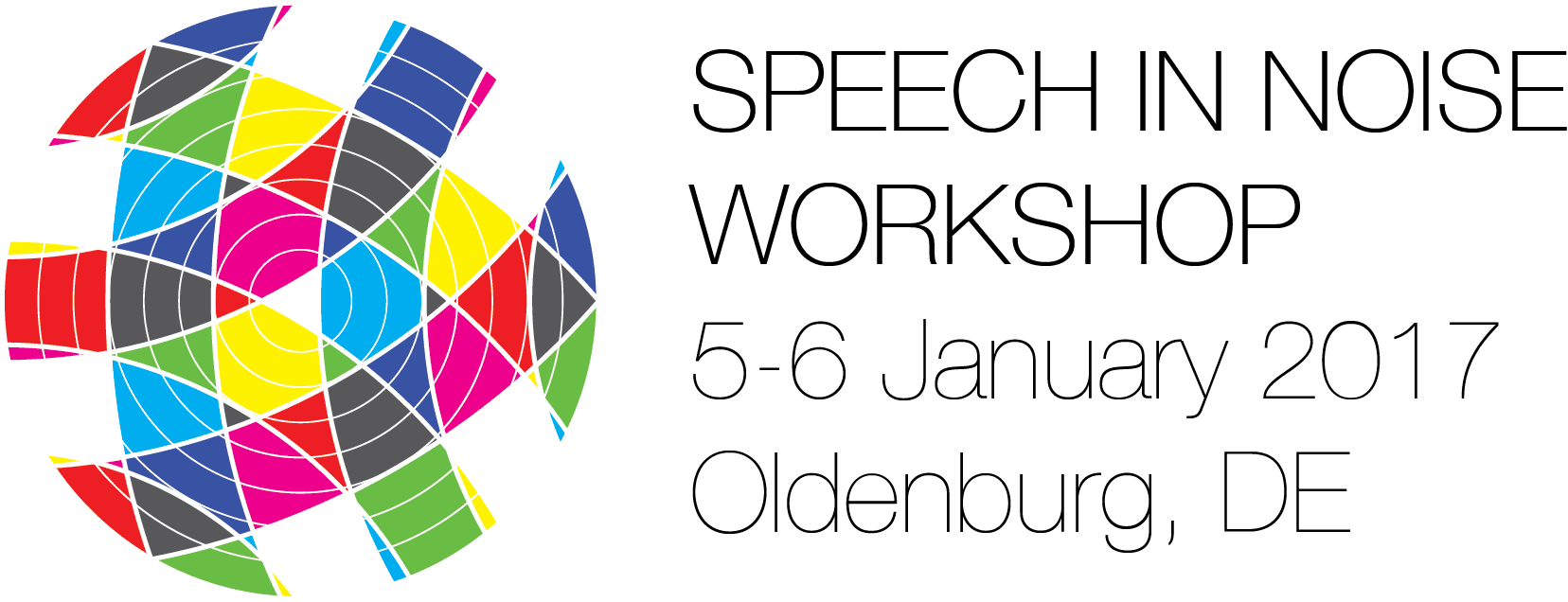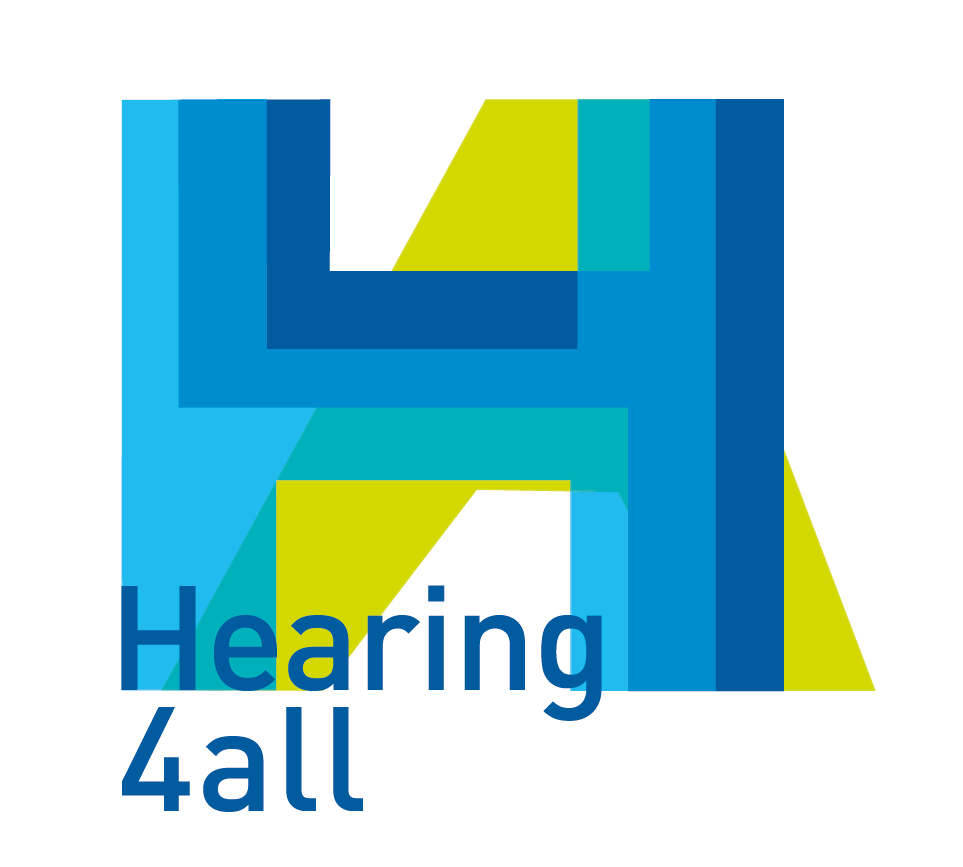Relation between listening effort and speech intelligibility in noise
In today´s communication society understanding of fellow humans is particularly import in noisy environments. Especially hearing impaired and elderly people report that they need additional effort in these situations in order to understand speech. Listening effort (LE) can be determined quickly and flexibly using subjective methods like categorical scaling or questionnaires. However, scaling results might be affected, for instance, by the range of signal-to-noise ratios (SNR) of the stimuli. Therefore, an adaptive scaling method for subjective LE ratings was developed. In this method, the signal-to-noise ratio (SNR) is varied adaptively to adjust the SNR range to the individual ratings using a 14-step scale from “effortless” to “extreme effort”, including the additional category “only noise”. The new scaling method (ACALES: Adaptive CAtegorical Listening Effort Scaling) is based on the adaptive categorical loudness scaling (ACALOS) procedure. ACALES was evaluated with young subjects with normal hearing and elderly subjects with impaired hearing (with and without hearing aids) by presenting sentences of the Oldenburg sentence test in four different background noises. As a comparison, speech intelligibility (SI) measurements were performed using the same conditions. The results show that SI increases with increasing SNR whereas LE is decreasing. The LE ratings as well as the SI scores are dependent on the type of masking noise (modulated versus continuous noise). Furthermore, the results showed that the procedure adjusted properly to different listening conditions and that ACALES detected a benefit in LE due to hearing aid provision and is able to evaluate differences, e.g. due to noise reduction algorithm, in a range of SNRs where speech intelligibility scores are already saturated at 100%. The method is easy to use, the measurement time is similar to common speech intelligibility tests, and it is suitable for laboratory studies and hearing aid adjustments.
Warning: Use of undefined constant s - assumed 's' (this will throw an Error in a future version of PHP) in /home/spinnluxnr/www/2017/pages/programme.php on line 208


